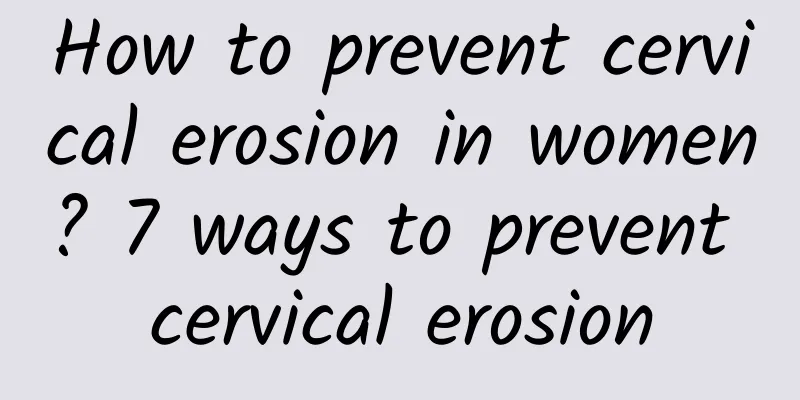Can I drink tea if I have a Bartholin's gland cyst?

|
Patients with Bartholin's gland cysts can drink tea in moderation, but they need to pay attention to the type and amount of tea they drink. Teas rich in antioxidants, such as green tea and white tea, are good for the body, but caffeinated teas may aggravate edema or irritation symptoms, so their intake should be controlled. It is very important to drink plenty of water to maintain the body's water balance. Bartholin's gland cyst is a cystic mass caused by obstruction of the gland duct. It is common in women of childbearing age and may present as local protrusions, pain, or even infection. Although drinking tea itself has no direct effect on cysts, the caffeine in certain teas such as black tea or oolong tea may aggravate inflammation and edema, so it is recommended to reduce intake. At the same time, replenishing enough water helps metabolize waste and may indirectly improve symptoms. In terms of diet, eat more fiber-rich foods such as fresh fruits and vegetables to promote digestion and reduce constipation, which is also helpful for the recovery of cysts. Bartholin's gland cyst is a cystic mass caused by obstruction of the gland duct. It is common in women of childbearing age and may present as local protrusions, pain, or even infection. Although drinking tea itself has no direct effect on cysts, the caffeine in certain teas such as black tea or oolong tea may aggravate inflammation and edema, so it is recommended to reduce intake. At the same time, replenishing enough water helps metabolize waste and may indirectly improve symptoms. In terms of diet, eat more fiber-rich foods such as fresh fruits and vegetables to promote digestion and reduce constipation, which is also helpful for the recovery of cysts. It is recommended that patients with Bartholin's gland cysts choose low-caffeine or decaffeinated teas, such as light tea or herbal tea. At the same time, pay attention to other care measures, including keeping the affected area clean, avoiding wearing tight clothing, and seeking medical treatment for medication or surgery when necessary, such as antibiotic treatment, warm compresses, or surgical drainage. Regularly review and pay attention to other symptoms of discomfort in the body so that the treatment plan can be adjusted in time. Maintaining good living habits, high-quality diet and moderate exercise can also contribute to overall health. |
<<: Is there any good treatment for adenomyosis ovarian cysts?
>>: How long does it take to get pregnant again after a miscarriage?
Recommend
Bad living habits are the main cause of pelvic inflammatory disease
Pelvic inflammatory disease is the most common gy...
Four major precautions for treating vaginitis
Clinical data show that many patients with vagini...
What items should be checked before abortion?
Since my country has implemented family planning,...
Chronic adnexitis may cause menstrual irregularities
Chronic adnexitis may cause irregular menstruatio...
Care after surgical treatment of congenital absence of vagina
How to take care of congenital absence of vagina ...
What does menopause mean?
Menopause is actually an important turning point ...
Brown sugar is absorbed quickly, so diabetics should limit their intake
Many people regard brown sugar as a health produc...
Experts tell you what are the principles of treatment for ectopic pregnancy?
Ectopic pregnancy is a dangerous gynecological ac...
What are the harms of long-term amenorrhea to the body?
What harm does long-term amenorrhea do to the bod...
What is the best time to treat endometrial tuberculosis?
What is the best time to treat endometrial tuberc...
How does ovarian cysts affect menstruation? Will ovarian cysts affect menstruation?
Ovarian cysts are a relatively common disease amo...
Can lemon water help you lose weight and detox? Can I drink lemon water every day? Debunking 9 myths at once
Lemon water has many health benefits. Lemons are ...
How to Identify Bacterial Vaginosis
How to scientifically identify and diagnose candi...
Early treatment methods for cervical precancerous lesions
Cervical precancerous lesions refer to malignant ...
Analysis of common causes of recurrence of cervical hypertrophy
For any disease, recurrence is the last thing pat...









